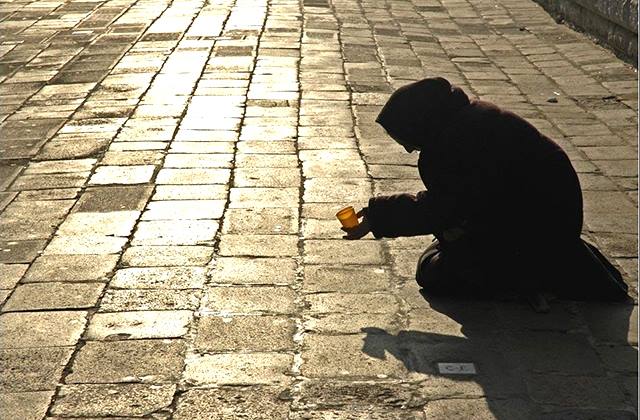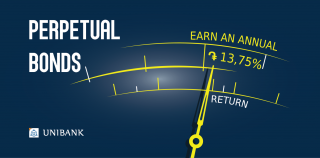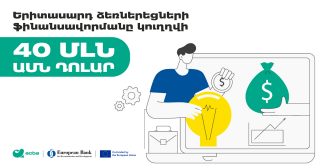
Features of National Statistics

As expected, Frightful Poverty Index, released in the previous publication of “168 Hours” was a subject of heated discussions. Note, it touched upon Armenia’s poverty index covered in the report issued by the World Bank.
According to the WB, upon calculation of USD 5 daily consumption, 76% of Armenia’s population may be regarded as needy as per late 2014. And from USD 2.5 perspective, poverty level in Armenia comprised 26% in 2014.
The topic has been reflected by our partner media outlets, by drawing parallel lines with the index issued by RA National Statistical Service (NSS). Note, NSS recorded 30% poverty level (as compared to 2013—lower by 2 percentage points).
Surely, we have mentioned that RA NSS applied AMD 1330 daily consumption (monthly AMD 40264) to assess poverty level. In dollars it comprises USD 3.2 (in 2014 US dollar average exchange rate comprised AMD 415.92). Accordingly, Armenia’s population, daily consumption of which was lower than USD 3.2, was assessed as poor.
However, the discussion was so heated, that NSS appeared with clarifications on this—“the World Bank methodological features of poverty assessment by national and international compatibility levels.”
“Information has been circulated in a few Armenian media outlets on April 19, that the World Bank, based on its methodology, assessed Armenia’s poverty level as 76% for 2014, upon the criteria of USD 5 poverty line, in case, when pursuant RA NSS methodology, poverty level in 2014 comprised 30%. By this, we inform, that RA NSS exclusively applies methodology by the World Bank to decide poverty level. Indices for 2014 are enshrined in “Social snapshot and poverty in Armenia” statistical analytical report, made jointly with the World Bank. In particular, “Poverty assessment methodology since 2009” section of the mentioned report is totally made by the World Bank experts (WB) (pp 207-218). Moreover, Page 223 of the report reads poverty indices obtained through various methodologies for 1996, 2004 and 2009 by the WB. As for calculations of poverty lines by USD 2.5 and USD 5.0 criteria, they are internationally applied by the WB for comparative calculations for poverty levels. Point 3.8 of the abovementioned report (pp 62-64) introduces the indices obtained by WB experts based on the abovementioned criteria for the countries of the region by the indices for the period of 2001-2013. Below is introduced “Social snapshot and poverty in Armenia.”

In short, NSS says they did everything properly and there is no contrast. However, nobody blamed NSS for deceiving in poverty index. Simply difference of approaches has been touched upon. For instance, for some of our ministers “having something for a break” means having food in an expensive restaurant, which will cost them hundreds of dollars. And larger part of the population understands the food brought from home. The same way RA NSS considers, that people, daily consumption of which is lower than USD 3.2, are assessed as needy, and published that index. And the World Bank says, of course, you’re not wrong, but we consider poor those with USD 5 consumption.
Moreover, NSS doesn’t have grounds to be upset, as it’s not the guilty for that high poverty level. It simply fixes what they have upon accepted methodology (and game rules). However, attempting to reverse and prove that they do everything properly, RA NSS has even more complicated the situation. In its short report it also introduced the charter, where poverty level indices for Armenia and other countries are compared in the period of 2001-2013.
As you may see, Armenia’s condition has been the worst. Only once—in 2008, poverty level in Armenia is lower than in Georgia (accordingly 76.1% and 79.5%). However, from last year we again retreated, and in 2013 poverty level in Georgia is lower by more than 5 percentage points, than in Armenia. Poverty level in Turkey from USD 5 perspective comprises 20.7%, and in Russia—7.3%.
Some will say there is difference in price, it’s impossible to live in Russia by USD 150 for a month, and it’s possible in Armenia. However, you should make inquiries from your relatives living in Russia, whether, for instance, food and communal payments are more expensive in Russia, than in Armenia. In short, by this statement NSS more sharpens concern regarding this issue.
On the other hand, we are sure, for 2015 NSS will publish even lower index for poverty, than 30%. As in December 2015 consumer prices didn’t rise, just the contrary, drop in prices has been recorded (12 months). Accordingly, on the one hand, consumer basket has cheapened, and salaries and incomes have grown to some degree on the other. So that, poverty index issued by RA NSS will reduce, but on the other hand, concerns will grow from another standpoint. As drop in prices speaks of economic stagnation. It has also been touched upon by Artsvik Minasyan, RA Minister of Economy, “As a Minister of Economy, it’s bothering for me [landslide of prices-B.T], as in this case we face suspension of economic growth. Unfortunately, this suspension isn’t accompanied by high growth of indices for living standards. Accordingly, from this standpoint, there is need to combine economic growth and policies implemented in the financial market.”
By Babken Tunyan























